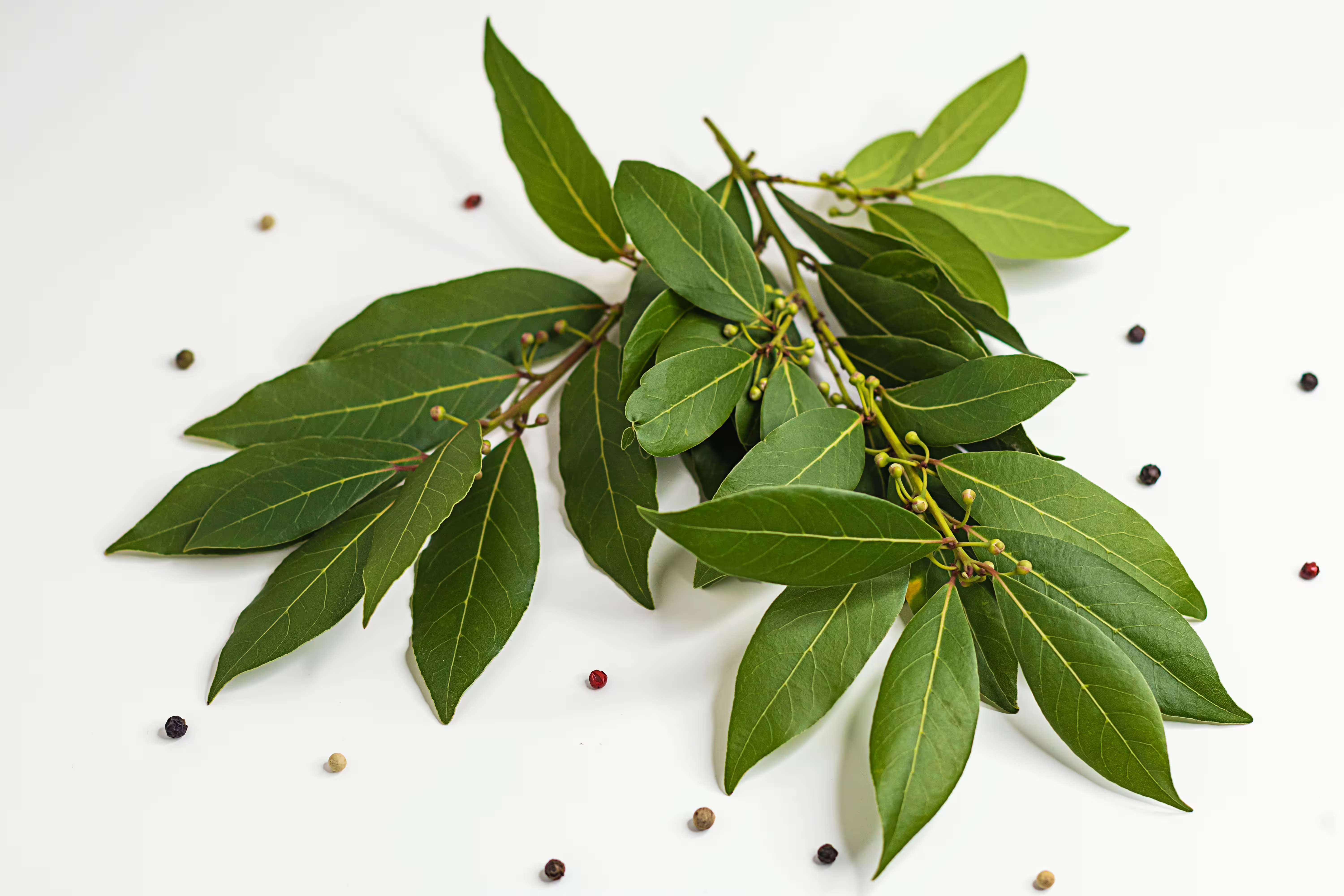Bay leaves are a culinary ingredient commonly used to flavor dishes, especially soups, stews and marinades. Laurel leaves have an aromatic and slightly bitter flavor, which can add a deep note to the dishes. They are often used in combination with other spices, such as thyme, rosemary and oregano, to create a mixture of complex aromas. Laurel leaves are also rich in nutrients, such as vitamins A and C, iron and calcium. They are often considered as a medicinal herb and are used for their anti-inflammatory and antioxidant properties.
